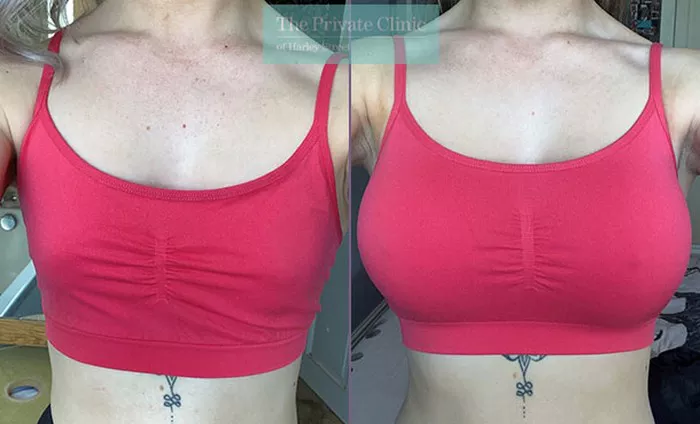Breast augmentation with implants is a popular cosmetic procedure that can enhance the size, shape, and overall appearance of the breasts. If you are considering breast implants, you may wonder how long they can stay in your body before they need to be replaced. In this article, we will explore the lifespan and longevity of breast implants, including factors that can affect their durability and signs that may indicate the need for implant replacement.
The Lifespan of Breast Implants
Breast implants are not considered permanent devices, and they are not designed to last a lifetime. Over time, breast implants may undergo wear and tear, and their integrity can be compromised. The lifespan of breast implants can vary depending on various factors, including the type of implant, the surgical technique used, and individual factors.
Factors Affecting the Durability of Breast Implants
Several factors can influence how long breast implants can stay in your body before they may need to be replaced:
- Implant Type: There are different types of breast implants available, including saline-filled implants and silicone gel-filled implants. Silicone gel-filled implants are generally known for their durability and longevity. They are designed to withstand years of use without significant changes in shape or integrity. Saline-filled implants, on the other hand, may be more prone to deflation over time, requiring replacement.
- Implant Quality: The quality of the implants used can also impact their durability. It’s important to choose implants from reputable manufacturers that have a track record of producing high-quality and reliable products.
- Surgical Technique: The surgical technique used during breast augmentation can affect the longevity of the implants. An experienced and skilled surgeon can minimize trauma to the implants and surrounding tissues, potentially prolonging their lifespan.
- Individual Factors: Each individual’s body and lifestyle can influence the lifespan of breast implants. Factors such as weight fluctuations, pregnancy, breastfeeding, and certain activities or habits (e.g., intense physical exercise or smoking) can potentially affect the condition and durability of the implants.
Signs That Implant Replacement May Be Needed
While breast implants do not have an expiration date, there are certain signs that may indicate the need for implant replacement. It’s important to monitor your implants regularly and consult with your plastic surgeon if you experience any of the following:
- Changes in Breast Appearance: If you notice changes in the shape, position, or symmetry of your breasts, it may be an indication of implant-related issues. This can include implant rupture, capsular contracture (scar tissue tightening around the implant), or implant malposition.
- Implant Rupture or Deflation: In the case of saline-filled implants, a noticeable deflation or decrease in breast size may occur if the implant ruptures or leaks. Silicone gel-filled implants may have a silent rupture, meaning there are no obvious external signs. Regular monitoring through imaging, such as MRI, is recommended for silicone gel-filled implants.
- Capsular Contracture: Capsular contracture occurs when the scar tissue around the implant tightens, causing the breast to feel firm, distorted, or uncomfortable. In severe cases, it can lead to pain and aesthetic concerns.
- Implant Wrinkling or Rippling: Over time, breast implants, especially saline-filled implants, may develop wrinkles or ripples that become visible or palpable. This can affect the appearance and feel of the breasts.
- Personal Preferences: Some individuals may choose to have their implants replaced for personal reasons, such as desiring a different size or shape, or if they are not satisfied with the results achieved with the current implants.
Regular Monitoring and Follow-up
To ensure the longevity and safety of your breast implants, regular monitoring and follow-up with your plastic surgeon are crucial. They will assess the condition of your implants, perform necessary examinations, and guide you on when or if implant replacement is recommended.
Conclusion
While breast implants are not meant to last a lifetime, their longevity can vary depending on factors such as implant type, quality, surgical technique, and individual factors. It’s important to be aware of the signs that may indicate the need for implant replacement, such as changes in breast appearance, implant rupture or deflation, capsular contracture, and implant wrinkling or rippling. Regular monitoring and follow-up with your plastic surgeon will help ensure the health and longevity of your breast implants. If you have any concerns or questions about the lifespan of your breast implants, it is best to consult with a qualified plastic surgeon who can provide personalized advice and guidance based on your specific situation.


